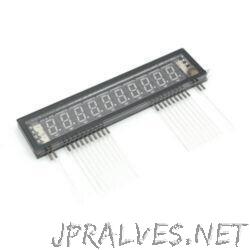Other
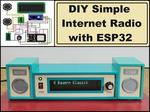
“The simplest way to make an Internet radio with a minimum number of components Internet radio, also known as online radio or streaming radio, refers to the broadcasting of audio content over the internet. Unlike traditional radio stations that transmit …

“How to make an audio FFT spectrum analyzer on a 256x50 pixel VFD display. An audio spectrum analyzer is a device that visualizes the frequency content of an audio signal. It represents the distribution of frequencies in a graphical form …
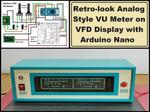
“How to make a VU Meter that uses a VFD (vacuum fluorescent display) instead of analog instruments. VFD Display type is GP1287. A VU meter, also known as a Volume Unit meter, is a device used to display the audio …
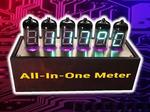
“An IoT device that Retrieves data from public REST APIs, displays it on 6 VFD tubes, and also controls IoT devices with ease. What It Is A device that can be (almost) everything. Clock, calendar, stock ticker or weather station …
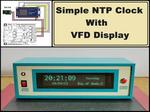
“Simple way to make a ESP8266 clock on a VFD display that synchronizes the exact time through NTP time servers on the Internet. A VFD (Vacuum Fluorescent Display) is an electronic display device that is commonly used for displaying numeric …
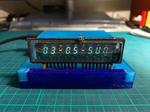
“ESP32 controlled VFD screen. This device supports date/time, weather, random number generator, etc. Last year, I got an old Sharp EL-8109 calculator. Which uses a 9-digit Futaba 9-ST-08A VFD display. The calculator still works, but the …
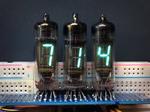
“A simple method for incorporating vacuum fluorescent display tubes into your projects! I’ve had a handful of Soviet-made IV-6 (ИВ-6) tubes sitting around my workshop for years, but I never really tried to get them working for any …

“You can get your hands on some very interesting components when disassembling old electronics. One such I’ve found was this VFD (Vacuum Fluorescent Display). Trying to reverse-engineer the controller was, however not the way to go as all ICs …
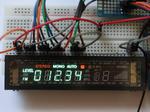
“The process of making a salvaged VFD Arduino-friendly. You can get your hands on some very interesting components when disassembling old electronics. One such I’ve found was this VFD (Vacuum Fluorescent Display). Trying to reverse-engineer the controller was, however …
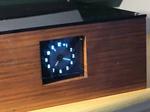
“How to control the VFD48 display with Arduino My son gave me this vfd48 display and I did not know what to do with it. I searched on the internet for solutions, but there was none with arduino. So a …

